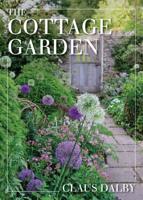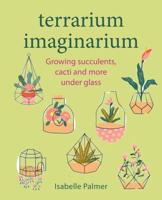Publisher's Synopsis
A hedge is an excellent natural shelter. It can be a flourishing home for wildlife and shield your garden from the wind. Fences are quick and easy to put up, but don't offer much for any animals which might live in your garden. They can also deflect the wind in a way that can damage fragile plants. Hedges on the other hand, can be a mini paradise for animals, full of fruit, shelter and cover. In fact, for every foot of hedge height, there are ten horizontal feet of shelter! The best hedges are made up of several different species which come into leaf, flower and fruit at different times. This gives them year-round value for animal visitors. They're also a great way of introducing mixed native hedgerow species and reflecting the surrounding natural countryside. In more urban gardens, you'll have to keep on top of its growth though, as it can easily develop into a tall impenetrable thicket if you're not careful!The type of plant you have, or choose to have in your hedge, will affect its height. So as hedges are fairly permanent structures, you should think carefully about what to plant and how high you'd like it before you start. Plants like rosemary and heather are only suited to hedges up to 60cm (2 ft.), but hawthorn and beech can grow much higher and be kept at around 1-3m (3-10 ft.), or even taller!Small trees, such as rowan and crab apple are also useful in a hedge. You can include them in a new hedgerow or encourage hawthorn and blackthorn to develop in an established one. Leyland Cypress has been a popular choice for a long time as it very easily forms an instant hedge shape. However, it grows very fast (1m per year) and can reach huge unmanageable heights. Generally speaking, its disadvantages can outweigh its advantages. It doesn't have a lot of benefit to wildlife and tends to suck up all of the nutrients from a 3m radius. Whatever combination of plants you choose; a hedge can be a welcome and useful part of our gardens and a great home for nature.









